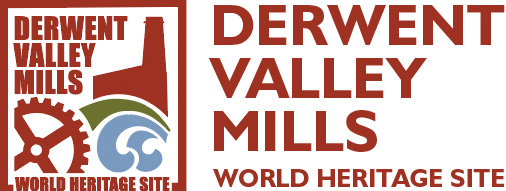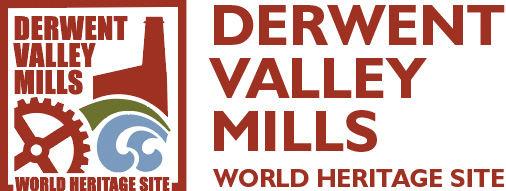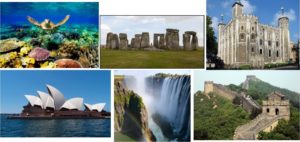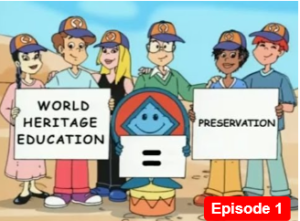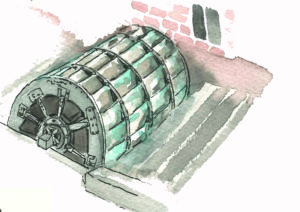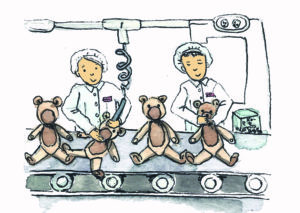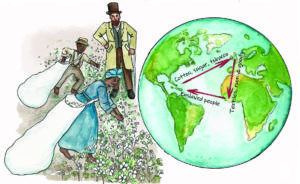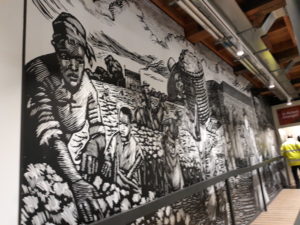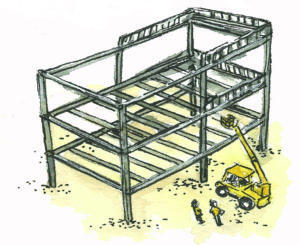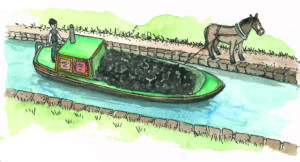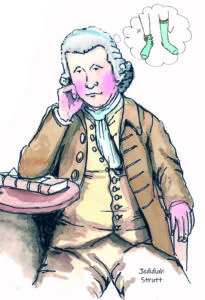Children’s Guide
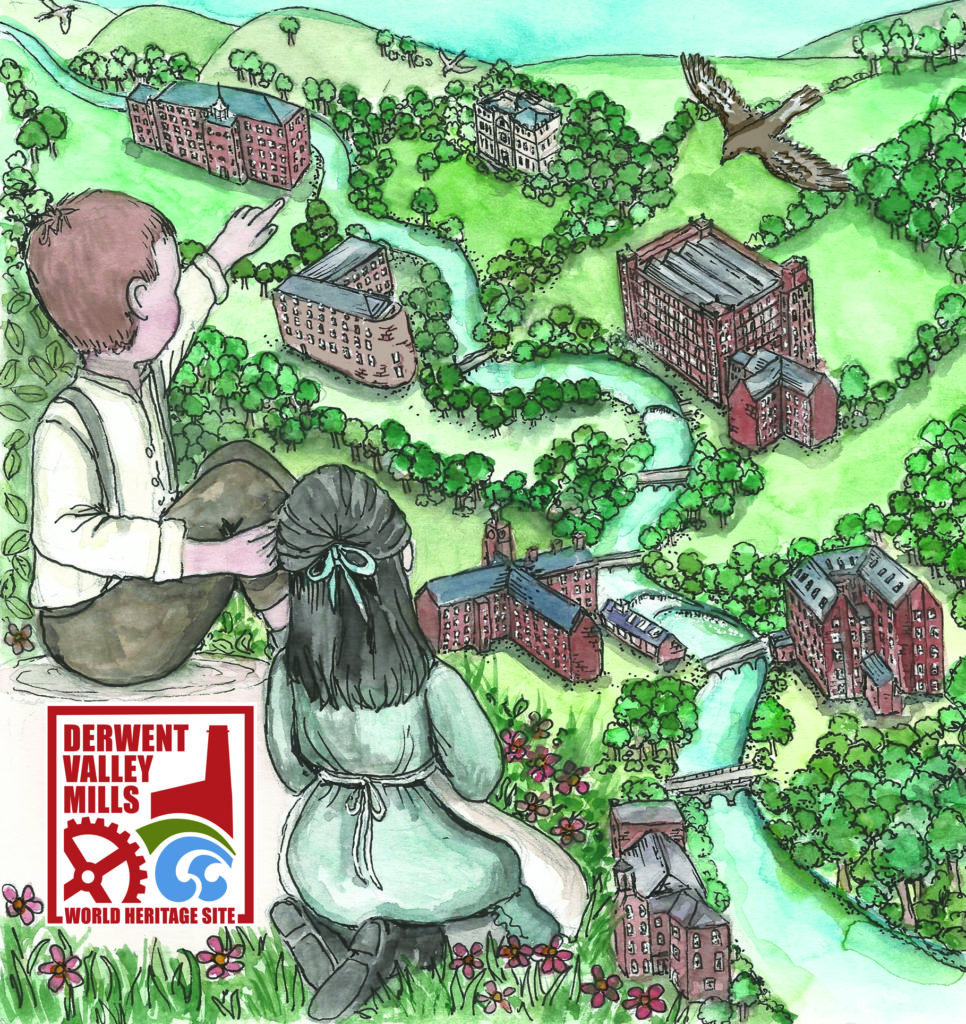
Children’s Guide: The Story of the Derwent Valley Mills World Heritage Site
‘The Story of the Derwent Valley Mills World Heritage Site’ is our Children’s Guide, introducing this fascinating, special place. The short book is beautifully illustrated by local artist Rebecca Morledge. The Children’s Guide was produced and paid for as part of the National Lottery Heritage Fund and Arts Council England ‘Great Place Scheme’ in 2020. To find out more about this Scheme follow this link.
Two children from Richard Arkwright’s time guide you through the story explaining what a world heritage site is, why they are special places and why the Derwent Valley Mills are of ‘Outstanding Universal Value to humanity’ – changing the way we live and work forever. It provides a simple way to introduce where the site is, the main locations and features and the key themes of water power, the factory system, inventions, engineering, changing lives, landscape and transport. It also introduces a young audience to the key characters who made these changes, the links between the textile industry and enslavement of people, and locations you may want to visit. Hard copies will be available from some of our key visitor attractions soon or you can request a copy by emailing dvmwhs@derbyshire.gov.uk
You can download a copy or watch a film of the book here:
DVMWHS Children’s Guide pdf for website
THE ‘STORY OF THE DERWENT VALLEY MILLS WORLD HERITAGE SITE’ WITH SCHOOL GROUPS
When the children’s guide was launched local school children were given a copy. We also offered a special ‘virtual workshop’ where the children were able to interview heritage experts and the illustrator Rebecca Morledge. We had a competition to suggest names for the two children in the story and we are delighted to now know them as Mabel and Herbert, thank you to the children at Herbert Strutt Primary School for the suggestion. We also challenged the pupils to use what they learned in their workshop to write and illustrate their own page for the story focusing on their area. The Year 2 children from Milford Primary School shared some amazing work about their special part of this World Heritage Site. Have a look at the short film below for some inspiration. If you’d like to do the same with your pupils we’d love to see your work. Herbert and Mabel (the rag doll versions) have gone to live at Herbert Strutt School and Milford Primary School respectively to continue their adventures around the Derwent Valley Mills.
Find out more about the World Heritage Site
If your children want to study or explore any of the themes in more detail you might find the links below helpful.
World Heritage Sites
- UNESCO have an up to date list of World Heritage Sites with an interactive map here: UNESCO List
- Patrimonito is the young people’s heritage guardian character. This site has lots of animated adventures around different World Heritage Sites around the world and helps show how young people can be guardians of these special places: UNESCO Patrimonito
Where is the Derwent Valley Mills World Heritage Site and its key sites:
- Click here for general information about World Heritage Sites
- Click here for lots of free, downloadable learning resources and activities from our Schools Learning Resources section
- Click here for further information about the history and development of the site
- If you want to bring a group on a visit please click here
- Click here to find out more about the key sites within the Derwent Valley Mills
- Click here to find out more about why the Derwent Valley Mills are a world heritage site
Water Power
- Visit here for a waterwheels resource
- Or click here to have a go at any of our creative activities including step by step instructions to build your own waterwheel
The Factory System
- There is a teachers pack to download about the impact of the factory system here
- Or click here to have a look at the BBC Bitesize resources about the Industrial Revolution
Global Connections and Slavery
- The ideas from the Derwent Valley were spread around the world. Read more about Samuel Slater, hero or traitor, here
- The Derwent Valley Mills World Heritage Site recognises the links between the textile industry and enslavement of African people.
- Anti Slavery have created teaching resources to help children learn about the history of slavery and how people are affected by slavery today. Find out more here.
- Colonial Countryside is a child-led writing and history project about National Trust houses’ Caribbean and East India Company connections. Find out more here. If you’d like to work with the Derwent Valley Mills World Heritage Site on exploring this approach with us please get in touch (info@derwentvalleymills.org)
- Research Project into the global connections of cotton in the Derwent Valley Mills: Global Cotton Connections by Susanne Seymour
- Information about the Slave Trade Legacies Project : The transatlantic slave trade and the role our slave ancestors played in contributing to the material wealth in Britain
How it changed lives – housing, steel framed buildings and inventions!
- Click here to find out more about the communities within the Derwent Valley
- Click here to find out more about Richard Arkwright and his inventions
- Click here to find out more about fire proof, iron framed buildings
The Derwent Valley Landscape
- Click here to find out more about the key sites along the valley
- Click here to find out more about the Derwent Valley Living Landscape
Transport:
- Click here to find out about the Railway Workshops at High Peak Junction and the Leawood Pumphouse
- Click here to find out more about Birdswood, the trip boat on the Cromford Canal
- BBC Bitesize: Why did Britain need a better road network – Toll Roads
- Find out more about tramways from Crich Tramway Village here
Key Characters who made the changes:
